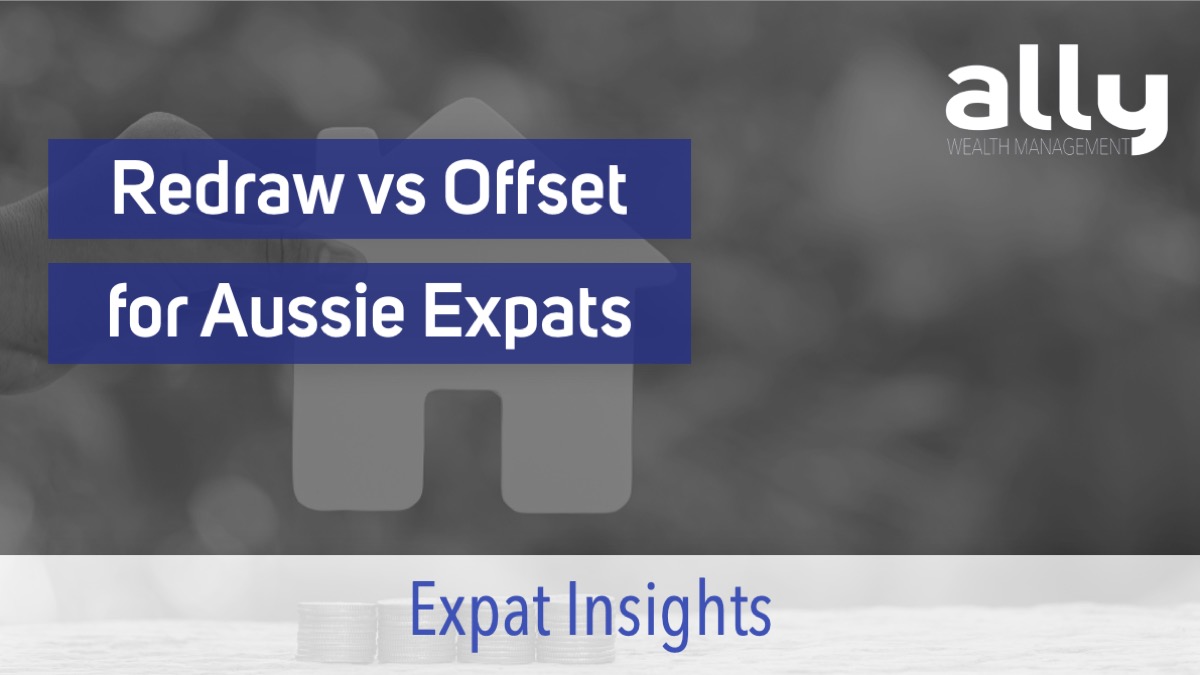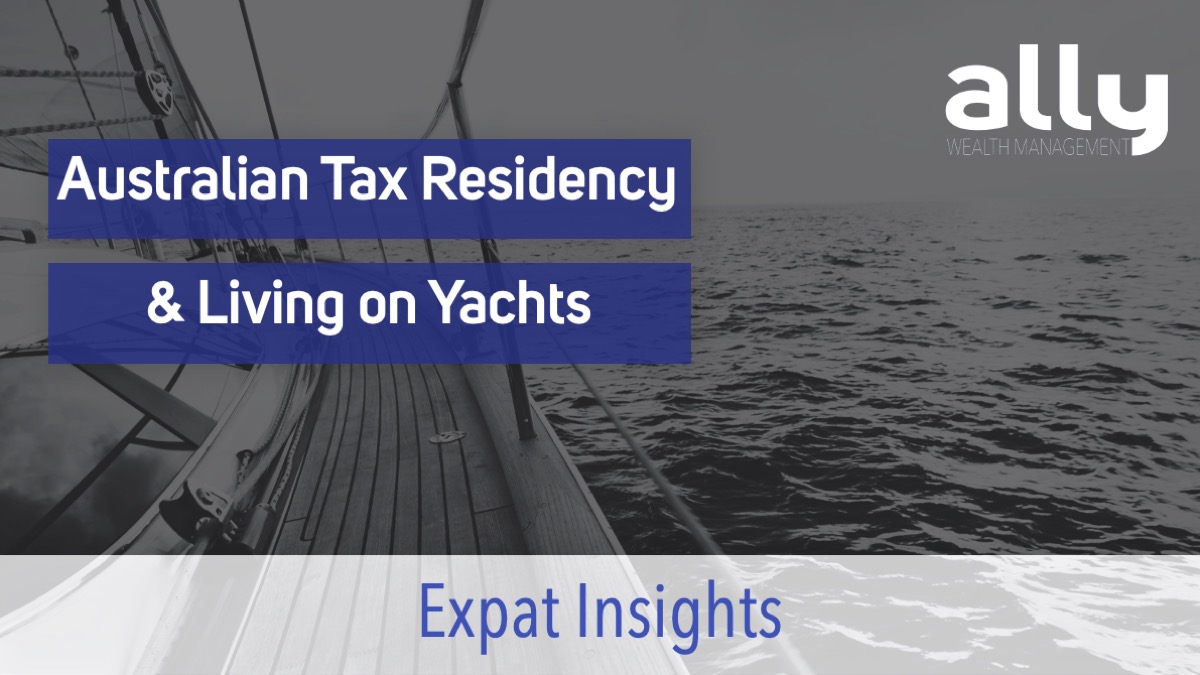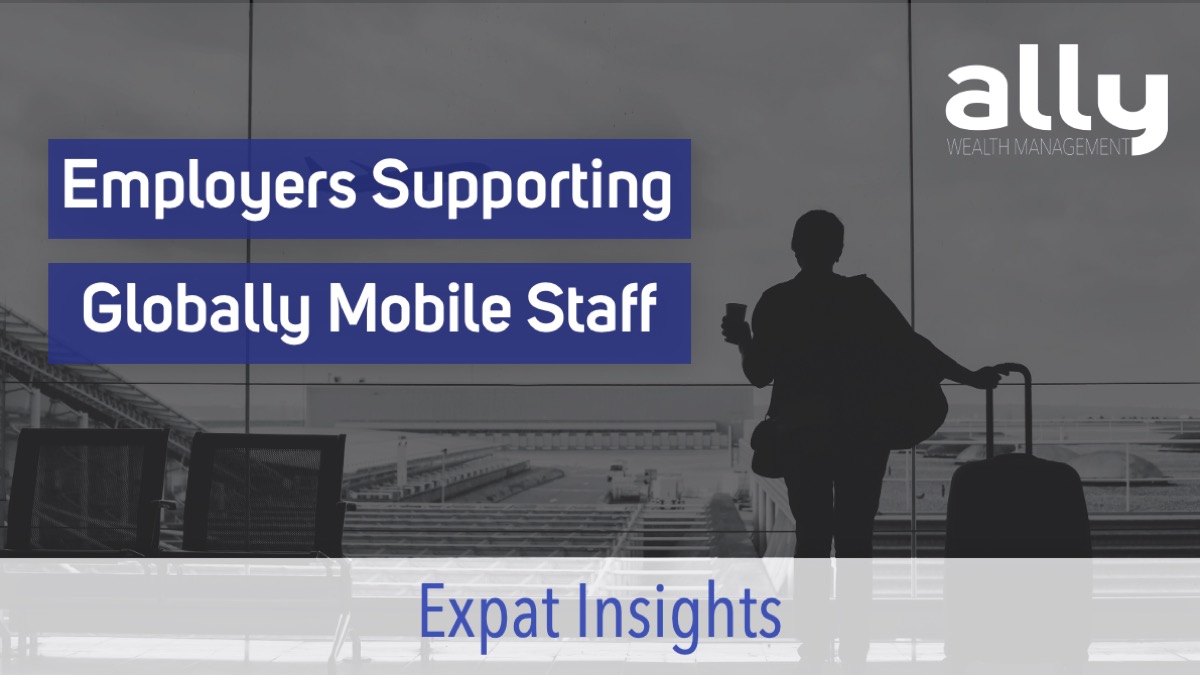Redraw vs Offset – Implications for Aussie Expats
One of the most crucial aspects of a financial plan for many Australian expats is getting the debt structuring right. You’ve probably heard the terms “redraw facilities” and “offset accounts,” but you may not be fully aware of their implications.
In this blog post, we’ll shed some light on these topics, taking into consideration your unique situation as an Australian expat.
Understanding Redraw Facilities and Offset Accounts
When it comes to managing your mortgage effectively, redraw facilities and offset accounts are two primary tools at your disposal.
A redraw facility allows you to make extra repayments on your mortgage, which you can “redraw” if necessary. It can be an attractive option for many, given the flexibility and potential for saving on interest payments. However, drawbacks include possible fees for each redraw and slower access to your funds. Withdrawing or transferring funds from your redraw facility can also be particularly challenging for Australian expats who can’t simply ‘pop into the branch’.
Conversely, an offset account is a bank account linked to your mortgage. The balance in this account “offsets” your mortgage balance, reducing the interest you pay. Advantages include easy access to your funds and significant interest savings. The downside is that these accounts can come with higher account fees and minimum balance requirements in some instances, albeit this is less common. Given the competition in the Australian banking sector, the account fees are usually quite minimal, however it is important to ensure that it is still worthwhile in your own circumstances.
Case Studies: Real World Examples
Now, let’s put these concepts into perspective with some real-life scenarios.
Case Study 1: Consider Sarah, an Aussie expat in Canada, who chose a redraw facility. By making extra repayments, she managed to save on interest significantly. However, she encountered difficulties when trying to access the redrawn funds due to processing times and fees, which somewhat hindered her financial flexibility. Her bank told her to either head into a branch to access the funds quickly, or to print and post a form, both of which created significant time delays for Sarah.
Case Study 2: On the other hand, meet Michael, an Australian expat in the UK who opted for an offset account. Michael appreciated the ease of accessing his savings while reducing his mortgage interest. To retain the offset account, Michael had to pay an annual account fee of $395, which he didn’t mind too much given that the interest savings were significantly higher than this annual fee.
Case Study 3: Tony & Michelle are Australian expats living in Singapore, and decide to set up an offset account to reduce their interest expense while they’re living and working abroad. When they repatriate to Australia, they decide that they’re going to buy a new property to live in and keep the current property as an investment. By using the offset account, they can withdraw the funds to use as a deposit on their new home, without impacting the tax deductibility of the loan on the investment property. Had they used a redraw account, this would not have been the case.
Impact of Australian Taxes on Redraw and Offset Accounts
One factor that often gets overlooked in this redraw vs offset debate is the influence of Australian tax rates. As Aussie expats, your tax situation may differ significantly from those residing in Australia.
The tax implications of your choice between redraw and offset can be significant. The Australian Tax Office (ATO) generally doesn’t tax the savings you make on your mortgage interest through an offset account, albeit if this puts you into a position of having a positively geared property, you may face a tax bill on the rental income, which currently starts at 32.5% on the first dollar. The first $120,000 of taxable income in Australia is taxed at 32.5%, followed by 37% on the next $60,000 up to $180,000, and 45% above $180,000.
However, with a redraw facility, if you redraw for a purpose other than your original loan purpose, this can impact the tax deductibility of at least that portion of your loan. Not only can this be a financial cost, it can also be an administrative nightmare to track each financial year what portion of the loan was deductible and what wasn’t.
Tax Deductibility of Investment Loans vs Non-Deductible Loans
Another crucial aspect to consider is the tax deductibility of investment loans compared to non-deductible loans.
Investment loans, as you might guess, are used for investment purposes like buying a rental property or shares, and the interest you pay on these loans is tax-deductible. Non-deductible loans, on the other hand, are typically personal loans used for non-investment purposes. These are not tax-deductible. A common non-deductible loan would be the mortgage that you set up to purchase your own home, that is your primary residence.
So, if you’ve used your mortgage for investment purposes and you also have a redraw facility, keep in mind that redrawing for non-investment purposes can muddle your tax situation as we mentioned. You might find yourself with a mixed loan – part investment, part personal – which could make tracking the tax deductibility of your interest payments more complex.
In contrast, the use of an offset account keeps the tax deductibility of your investment loan clear and straightforward, as the loan purpose remains unchanged, regardless of the usage of funds in the offset account.
Financial Planning for Aussie Expats
Now, before you rush to make a decision based on the above, remember that your financial situation is unique. Factors such as your income, tax situation, and long-term financial goals play a crucial role in determining whether a redraw facility or an offset account is best for you.
For instance, if you have a stable income and foresee no need for quick access to your extra repayments, and only plan in living in that particular property for the rest of your days, a redraw facility could work for you. However, if you want more flexible access to your funds and a simpler tax situation, an offset account may be more appealing.
When navigating these choices, seeking professional financial advice is a must. An experienced financial planner can help you understand the intricacies of redraw facilities, offset accounts, and their tax implications, tailoring advice to your unique circumstances.
Conclusion
Ultimately, whether you opt for a redraw facility or an offset account will depend on your personal financial situation and goals. Both tools offer advantages and disadvantages, with varying tax implications. As an Australian expat, understanding these options can help you navigate your financial journey more effectively.
Remember, professional advice can prove invaluable in making these complex decisions. And as always, we’re here to help guide you through this process, ensuring your finances are set up optimally for your expat journey.
Ally Wealth Management is the trusted ally in finance for Australians at home and across the globe. As both Australian expats and residents, the founders of Ally have a unique understanding of the common personal financial challenges faced.
Book your complimentary appointment with our team at Ally Wealth Management to discuss how we can help you to achieve your financial goals.
Ally Wealth Management Pty Ltd is a Corporate Authorised Representative of Sentry Advice Pty Ltd ABN 77 103 642 888. Sentry Advice holds an Australian Financial Services Licence (AFSL) No. 227 748.
General Advice Warning: The information contained herein is of a general nature only and does not constitute personal advice. You should not act on any recommendation without considering your personal needs, circumstances, and objectives. We recommend you obtain professional financial advice specific to your circumstances.




